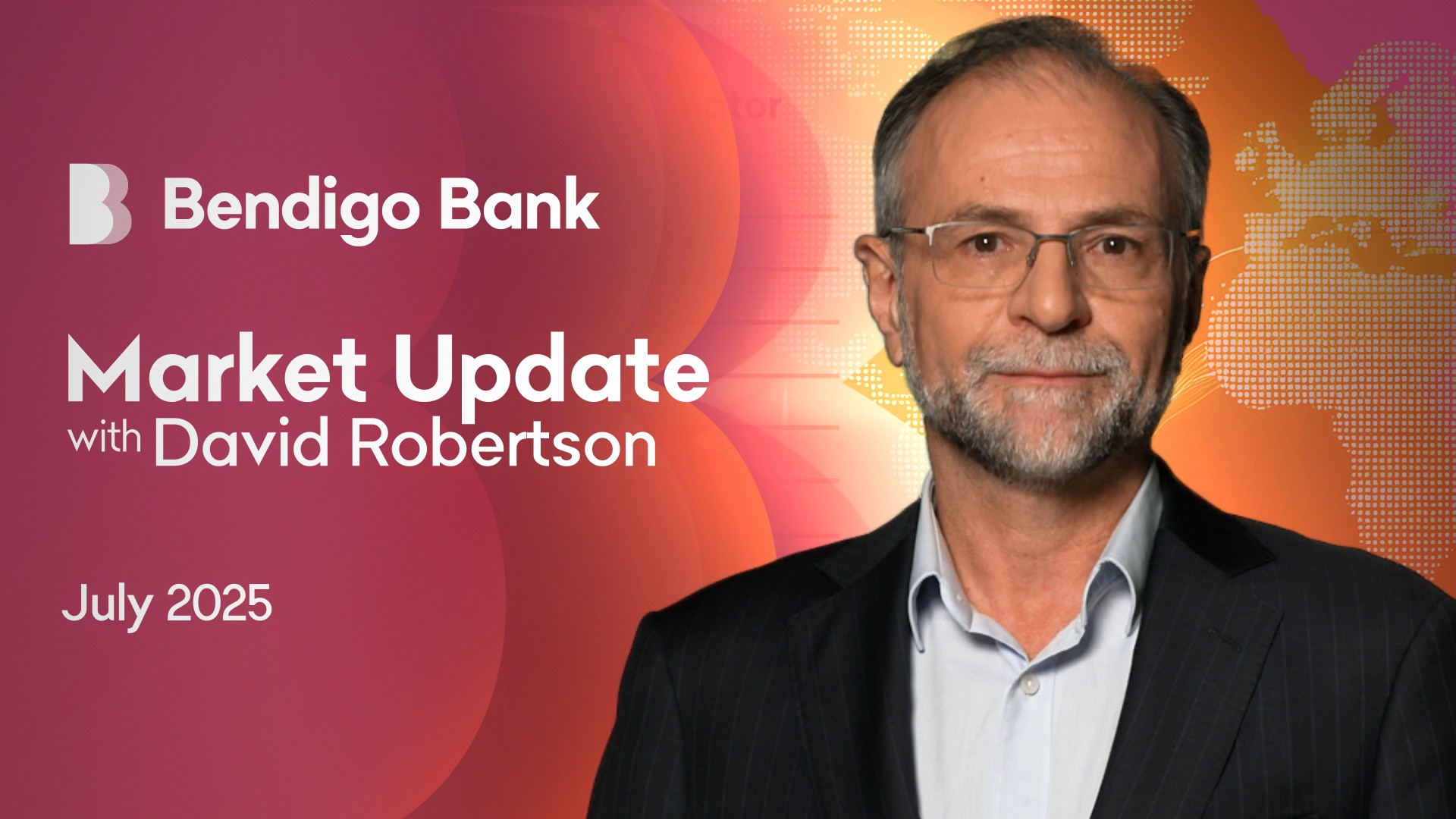Get tips, tools, and resources to help your business succeed from Australia’s most trusted bank#.
At the better big bank, your business matters.
Welcome to the Bendigo Bank business banking hub. Here you’ll find information to help you plan, manage, and grow your business.
It’s also an easy way for you to connect with us and learn more about all the ways we can support you to achieve your business goals. We’re very proud of our partnerships with businesses right across Australia.
Tools & Calculators
Business plan builder
Creating your own business plan doesn’t have to be difficult – you just need to set aside some time to work through the various elements. Try our business plan builder today.
Cash flow improvement calculator
Understanding your cash flow can assist with business planning and help you assess and improve your business.
Business loan repayment calculator
Thinking about borrowing funds for your business or looking to refinance? Our business loan repayments calculator can help you estimate how much your loan repayments might be.
Equipment Finance calculator
Use our equipment loan repayment calculator to discover what your repayments may be and how much it could cost over the life of the loan.
Savings and deposits calculator
Use our deposit and savings calculator to forecast the return on your term deposit or cash investment.
Economic overview
Our monthly economic and market overview summarises the primary features of global markets. It covers the latest news and views on the domestic economy and interest rates. The report focuses on factors that will influence the economic environment in which local businesses operate.
Economic commentary
2025 federal election impact
Read about how the federal election result may impact the economy and the potential flow-on effects for your business.
The 2024 Federal Budget: implications for households and businesses
Learn more about what the Federal budget means for your business.
Impact of inflation and interest rates on businesses
The pandemic era of 2020 to 2022 delivered countless challenges to everyone, some of which are now behind us. But, in its wake, we are left with a unique environment.
Hear from our customers
Marty Thomas, Moo’s Café, has worked in hospitality his whole life, and looks for the same special level of service he provides his customers, from his bank. We are proud to have been there from the beginning to support Marty when he started up his restaurant, and he now packages all his business banking needs with his personal banking.
Marty Thomas, Moo’s Café

Winner
Most Recommended Business Bank^
Things you should know
#Roy Morgan Risk Monitor 2024
For a full list of fees and charges, please refer to the Business fees and charges
Subject to terms and conditions. Fees and charges apply. Full details available on application. All credit subject to Bendigo Bank's normal lending criteria.
^Non-Major Bank, RFI Global's Annual Banking & Finance Awards 2024.







